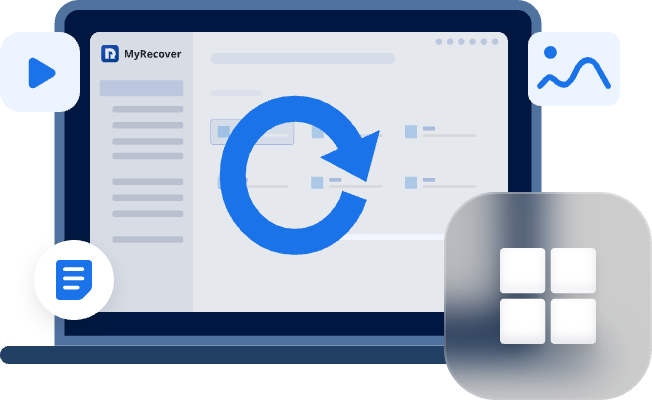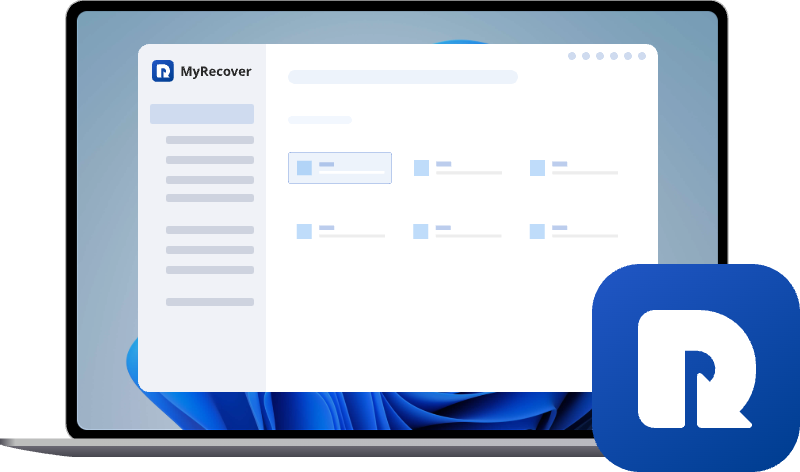How to Update Windows 10 to 11 Without Losing Data
Many users ask, can I upgrade Windows 10 to 11 without losing data? The answer is yes! This detailed guide shows safe upgrade options that protect your files, programs, and preferences. Learn the best practices for a smooth transition to Windows 11 without data loss or system issues.
Is It Safe to Upgrade Without Losing Files?
Yes — Microsoft designed Windows 11 to be installed as an in-place upgrade, meaning your:
- Personal files
- Installed apps
- System settings
…can remain intact.
However — and here’s the key — data loss can happen due to unexpected errors. That’s why backing up and preparing your PC is essential.
Check System Requirements for Windows 11
Before upgrading, ensure your PC meets Windows 11 requirements:
- CPU: 1 GHz, 64-bit compatible processor
- RAM: 4 GB minimum (8 GB recommended)
- Storage: 64 GB minimum (20–30 GB free recommended)
- Firmware: UEFI + Secure Boot
- TPM: Version 2.0 required
- Graphics: DirectX 12 compatible
How to Check Compatibility
1. Download the PC Health Check Tool from Microsoft.
2. Open the tool and click Check now.
3. Review the results:
- If your PC is compatible, proceed.
- If not, resolve the flagged issues before upgrading (enable TPM/Secure Boot, update drivers, or upgrade hardware if needed).
Pre-Upgrade Checklist
Think of this as packing before moving:
✅1. Backup Your Files
Even though Windows 11 can keep your files, always back up important data.
- OneDrive Cloud Backup:
1. Go to OneDrive Settings → Sync and backup → Manage backup.
2. Turn on Back up folders on this PC (Documents, Desktop, Pictures).
3. Ensure files are fully synced.
- External Drive Backup:
1. Connect an external HDD/SSD.
2. Copy your Documents, Desktop, Downloads, and Pictures folders.
3. Optional: Use a tool like File History to create a versioned backup.
- System Image (Optional):
1. Go to Control Panel → Backup and Restore (Windows 7) → Create a system image.
2. Choose an external drive or network location.
✅2. Update Windows 10
1. Open Settings → Update & Security → Windows Update.
2. Click Check for updates.
3. Install all updates and restart your PC.
Updating ensures your system is stable before the upgrade.
✅3. Free Up Disk Space
- Delete unnecessary files using Settings → Storage → Temporary files.
- Remove unused apps from Settings → Apps → Installed apps.
- Aim for at least 20–30 GB free.
✅4. Update Drivers and Firmware
- Graphics, storage, and chipset drivers should be up to date.
- BIOS/UEFI firmware should be the latest version.
- Check the manufacturer’s website or Windows Update for updates.
✅5. Note Software Keys
Write down license keys for apps like Office, Adobe, or specialized software. This ensures you can reactivate apps if needed.
How to Upgrade to Windows 11 Without Losing Data
There are two best and safest methods:
Method 1: Upgrade Using Windows 11 Installation Assistant
The Windows 11 Installation Assistant is the easiest in-place upgrade method.
1. Visit the Microsoft Windows 11 download page.
2. Download Windows 11 Installation Assistant. Run the Assistant as Administrator.
3. The tool will check your system for compatibility. If any requirements are missing, it will alert you.
4. Click Accept and Install. Wait for the download and preparation — this can take 20–40 minutes depending on your PC and internet speed.
5. The PC will restart multiple times automatically.
6. When prompted, log in and confirm all your files and apps are intact.
- Keep your PC plugged into power.
- Do not interrupt the upgrade process.
- Make sure the internet connection is stable.
Method 2: Upgrade Using Windows 11 ISO File
Using an ISO file is slightly more hands-on but gives more control.
1. Download the official Windows 11 ISO from Microsoft.
2. Right-click the ISO → select Mount.
3. Open the mounted ISO drive → double-click setup.exe. The setup wizard will open. Choose Download and install updates.
4. Select Keep personal files and apps when prompted. Click Next and wait for the installer to prepare your system.
5. Your PC will restart multiple times.
6. After installation, log in and verify all your files and apps.
- Close all running apps before starting.
- If you experience errors, disable third-party antivirus temporarily.
- Keep external backup handy.
- ★Optional: Using Media Creation Tool
- Create a bootable USB with the Media Creation Tool.
- Run setup.exe from the USB without booting from it.
- Choose Keep personal files and apps. This avoids a clean install and preserves your data.
Troubleshooting Upgrade Issues
1. TPM or Secure Boot Problems
- Enter BIOS/UEFI during boot (usually press F2, F10, Del or similar).
- Enable TPM 2.0 and Secure Boot.
- Save changes and restart.
2. Disk Space Errors
- Delete temporary files or uninstall unused apps.
- Move large files to an external drive.
3. Driver Conflicts
- Update or uninstall problematic drivers before upgrading.
- Check manufacturer website for compatibility updates.
If Something Goes Wrong: Recover Lost Files
Even with all precautions, rare issues can occur. Files might appear missing or the user profile may not load correctly. This is where MyRecover comes in handy. MyRecover is a powerful recovery tool that can restore deleted or missing data after an upgrade.
How to use MyRecover
1. Download & install MyRecover.
2. Open it and select your system drive.
3. Run a Scan directly, then Deep Scan if needed.
4. Preview & recover lost files to another drive.
This keeps your data safe from overwrite.
Post-Upgrade Checklist
After installing Windows 11:
- Check Desktop, Documents, Pictures.
- Open important apps to confirm they work.
- Sign into OneDrive and sync files.
- Run Windows Update to install additional drivers.
- Re-enable antivirus (if disabled before upgrade).
When You Should Do a Clean Install Instead
Consider a fresh install if:
- Your PC is slow or buggy.
- You want a clean start.
- You plan big system upgrades.
- The in-place upgrade fails repeatedly.
Conclusion
Upgrading to Windows 11 without losing data is safe and straightforward — as long as you prepare properly:
- Check device compatibility.
- Back up important files.
- Choose the right installation method.
- Keep MyRecover in mind for emergencies.
Think of the upgrade like moving houses — pack carefully, check the new place, and keep a recovery plan ready. Do it right and you'll enjoy a smooth upgrade with all your files intact. Enjoy your new Windows 11 experience!


